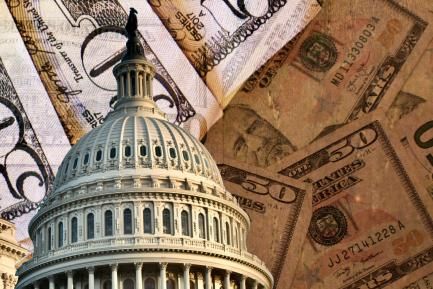The Spanish economy will reach its cruising speed in 2015. Underlying factors such as the implementation of structural reforms and bank restructuring already started to produce results in 2014. This year growth is being further boosted by temporary but significant factors such as the fall in oil prices, the depreciation of the euro and the ECB's new measures which will help to achieve a growth rate of around 2.5%. After six years of recession or very weak growth, the Spanish economy will finally be helped by the economic cycle to balance public administration accounts.
In the case of revenue, the increase in employment, activity and consumption will speed up the rate of growth in tax revenue. Improved activity and employment will increase the disposable income of households and corporate earnings, pushing up revenue from personal income tax and corporate tax. Household consumption, growing at a rate of 2.4% in 2014 and which we expect to remain at similar levels in 2015, will continue to support the rise in VAT revenue. As a reference, in November 2014 the tax collected for VAT posted year-on-year growth of 6.0%. Increased Social Security contributions will also boost revenue thanks to the expected progress in employment. On the whole, the expected increase in revenue due to improved economic growth will reduce the public deficit by 0.7 pps of GDP.
According to the government, the tax reform will have an overall positive impact, increasing revenue by 0.3 pps of GDP, with the reduction in income tax and corporate tax being offset by growth in activity resulting from these lower taxes, as well as by the increase in revenue from introducing the direct settlement system for Social Security contributions.
The improved economic cycle will also reduce pressure on the expenditure of public administrations. One of the items that will benefit the most from the improved economic cycle is expenditure on unemployment benefits. In 2014 this item already fell by 17.2% and the reduction will be similar in 2015 thanks to growth in employment, which we expect to be slightly above 2%. The interest paid on public debt will be reduced in an environment of low interest rates encouraged by the ECB's sovereign debt purchase programme. However, the expected increase in stock of public debt will mean that interest payments as a whole will rise by 3.7%. Overall, the impact of the economic improvement on these two lines of expenditure will reduce the public deficit by 0.2 pps of GDP.
Moreover, if we also take into account growth in nominal GDP (the denominator of the deficit/GDP ratio), the economic improvement is expected to reduce the public deficit by 1.3 pps of GDP, taking into account the impact of the tax reform. Starting from the 5.5% target set for 2014, the deficit would be 4.2% in 2015, precisely the target set for this year. In other words, the higher economic growth forecast for 2015 would mean that the target deficit for this year would be met. Therefore, the opportunity to reduce the public deficit with additional spending of a more structural nature should not be missed. The level of debt rose from 35.5% in 2007 to 97.7% in 2014, and, in 2015, it will be just above 100%. Even if, over the next 10 years, the rate of debt reduction agreed with Brussels is actually achieved, it will still be around 85% of GDP in 2025. As recently pointed out by the EC, efforts must continue to reduce the public deficit and relieve the burden of public debt. The authorities should take advantage of this superb opportunity finally presented to them by the improved economic cycle.




